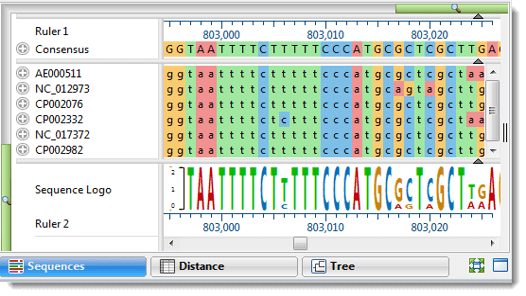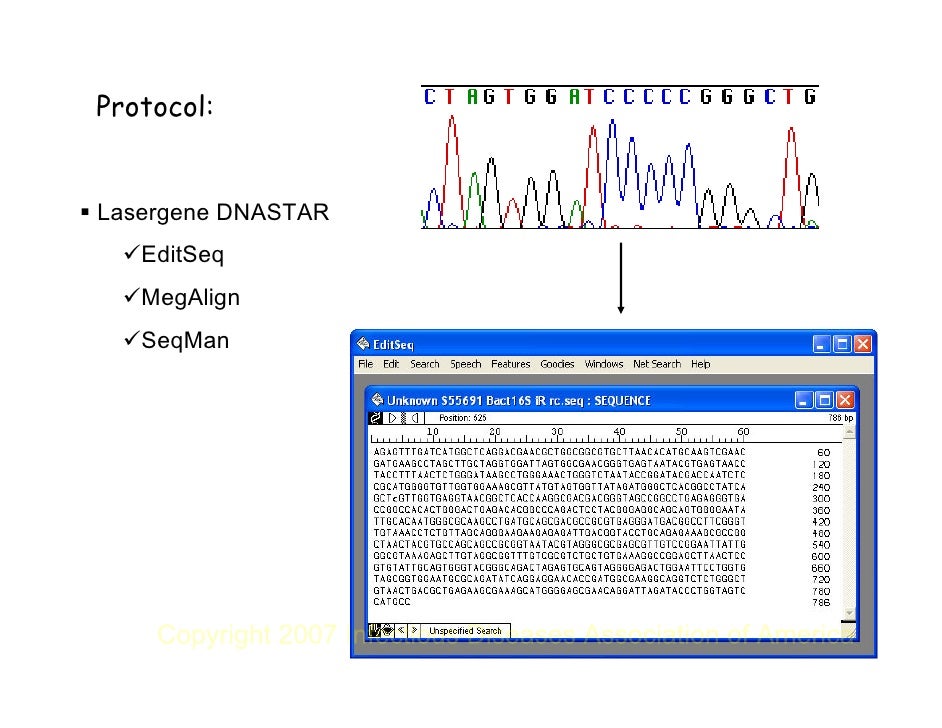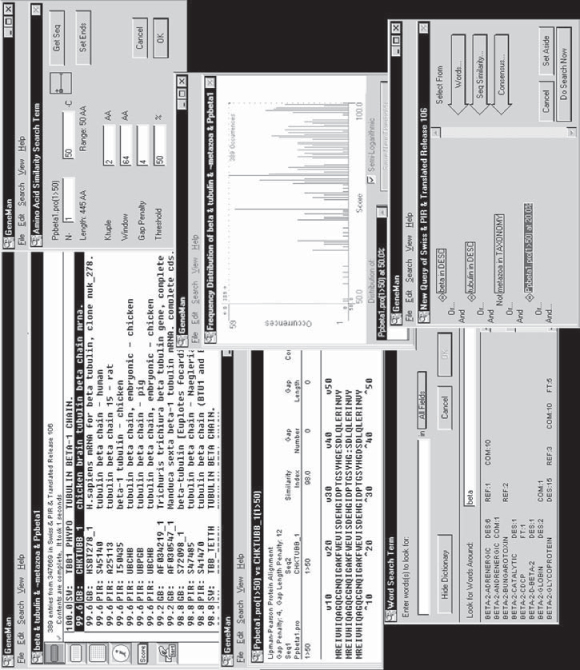

vivax MSP1 Block-2, PCR amplification was performed with 47 field isolates of P. In order to evaluate genetic diversity of P. vivax, the exception is the study performed in western Brazilian Amazon. ĭespite the high potential of the protein, there are no similar studies with ortholog of P.

falciparum MSP1 Block 2 has been considered as a potential candidate target for vaccine design. In some variable blocks, the variation is dimorphic nonetheless, Block 2 represents an exception to dimorphism and has been used in genetic diversity studies of P.

Merozoite surface protein 1 is the most commonly used genetic marker for the determination of the genetic diversity of the malaria parasite. Between these polymorphic region is the Block 2 repetitive region, from 100 to 400 base pairs (bp). Variable blocks show extensive sequence variations consisting of a number of substitutions, insertions, deletions, and varying numbers of short tandem repeats. The MSP1 gene consists of seven interallele conserved blocks flanked by six variable blocks. Moreover, the acquisition of the repertoire of antibodies against highly polymorphic antigens occurs in individuals exposed to parasite and the clinical protection is induced only after repeated infections. In studies conducted in a river side communities, Portuchuelo (Rondonia State), Rio Pardo (Amazonas state), and Ramal do Granada (Acre) from Brazil, using recombinant proteins of Pv-MSP1, it was identified that preferentially the asymptomatic patients had high antibody titers against N-terminal portion of Pv-MSP1, suggesting that protection to this infection may be associated with the presence of these antibodies. Īmong the major vaccine candidate antigens, the merozoite protein 1 (MSP1) has been highlighted in several studies which demonstrated their immunogenic potencial. One of these alternatives is vaccination, but extensive genetic diversity in natural parasite populations is a major obstacle for the development of an effective vaccine against the human malaria parasite, since antigenic diversity limits the efficacy of acquired protective immunity to malaria. Īt this way, it is extremely important to develop new methods and intervention strategies to block its transmission. vivax infection were registered in 2012, corresponding to 85.4% of total cases. vivax malaria accounts for 70% of reported cases in Americas. falciparum and is a potential cause of morbidity and mortality amongst the 2.85 billion people living at risk of infection. vivax remains more widely distributed than P. The comprehensive understanding of the genetic diversity of the promising Block 2 associated with clinical immunity and a reduced risk of infection by Plasmodium vivax would be important for the rationale of malaria vaccine designs. Single nucleotide polymorphisms determined with concurrent infections per patient indicated that nonsynonymous substitutions occurred preferentially in the repeat-rich regions which also were predicted as B-cell epitopes. Evidence of striking exchanges was observed with two stretches flanking the repeat region and two predicted recombination sites were described.

In twenty-eight of them, sequencing indicated seven haplotypes of PvMSP1 Block 2 circulating among field isolates. Forty-seven blood samples the polymorphism of PvMSP1 Block 2 generates four fragment sizes. In this study, we assessed genetic diversity of the most variable domain of vaccine candidate N-terminal PvMSP1 (Block 2) in field isolates of Manaus. vivax is presumed be associated to parasite immune evasion. The diversity of MSP1 in both Plasmodium falciparum and P.


 0 kommentar(er)
0 kommentar(er)
